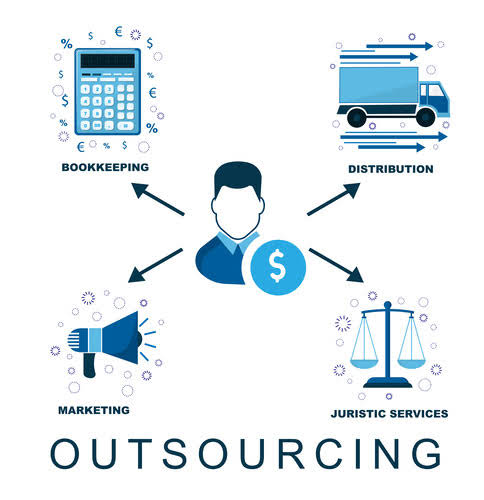
But under accrual accounting, an upfront cash payment cannot be recognized as revenue just yet – instead, it’s recognized as deferred revenue on the balance sheet until the obligation is delivered. In the US, the IRS requires that businesses with more than $25 million in revenue¹ and publicly traded companies work on an accrual accounting basis. This method according to the revenue recognition principle also adheres to the International Financial Reporting Standards (IFRS), which outline accounting standards around the globe. Investors also want to see earning statements that comply with accrual accounting to ensure an accurate view into performance. This approach ensures consistency over time and the ability to compare different businesses.

Revenue recognition is an accounting principle that outlines the specific conditions under which revenue is recognized. In theory, there is a wide range of potential points at which revenue can be recognized. In the case of pre-paid metered billing businesses, customers pay before the service or good is provided. For example, a business might allow customers to purchase credits to be used for different exercise classes. In this case, the business would record revenue as the customer uses each credit.
Everything you need to know about revenue recognition principles
In a different scenario, let’s say the company was paid $150,000 upfront for three months of services, which is the concept of deferred revenue. The apparent lack of standardization made it difficult for investors and other users of financial statements to make comparisons between companies, even those operating in the same industry. The transaction price is usually readily determined; most contracts involve a fixed amount. For example, a price of $20,000 for the sale of a car with a complementary driving lesson.
If you sell the clothing at a markup for $20,000 to customers—and their payments hit your bank account on January 1, 2022—you count that revenue for the following year. You enter the revenue into your books on January 1, even if the clothing hasn’t been delivered to the customers yet. When delivery occurs, you don’t record any additional revenue because it’s already been accounted for. Although cash accounting is the most straightforward way to manage your books, there also aren’t clear, consistent guidelines that businesses can follow. It also means that expenses and their corresponding revenue don’t often match up within the same time period.
What is Revenue Recognition?
It is expected that these items will last five years and have no residual value for resale. Instead of recognizing the entire $25,000 in the first year, you should list the assets on your balance sheet and use a depreciation expense to claim $5000 per year on your income statement. When a donation is given to a non-profit without any specific designations, it is categorized as an unrestricted gift. As soon as the money enters the non-profit’s account, it may be recognized as revenue.
Revenue Recognition: Transportation and Logistics Industry Illustrations : 2019 : Articles : Resources – CLA (CliftonLarsonAllen)
Revenue Recognition: Transportation and Logistics Industry Illustrations : 2019 : Articles : Resources.
Posted: Thu, 07 Jul 2022 17:27:31 GMT [source]


